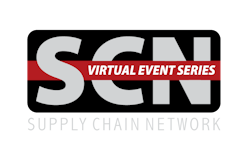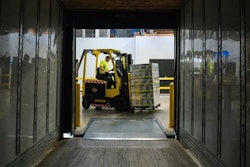
PaaS stands for “Platform as a Service.” PaaS is not a rigid term with a widely accepted definition. Rather, its contours depend on the company offering the platform. Generally, a PaaS involves a subscription model that incorporates both hardware and software. The analogue in the software world is SaaS, and in the manufacturing world, the “machine-as-a-service” model.
When utilizing hardware by way of a PaaS model, you aren’t purchasing a depreciating asset. Instead, you’re acquiring a dynamic platform comprised of hardware, software, ongoing upgrades and customer support. Generally, customers will pay a fixed, monthly fee that includes the requisite hardware, software that is designed to interpret the key performance indicators (KPIs) collected by the physical hardware device(s), ongoing upgrades (which means no more “fear of missing out) and customer support. The fee structure might be flat, priced per user or some combination of the two. Some PaaS models will even provide the opportunity to “flex up” during peak seasons, which means the customer pays only for the hardware and software it needs to function during those times where temporary workers are needed.
You break it, you (don’t have to) buy it
A PaaS model means more flexibility. Warehouse tools are ruggedized and built to last. But, they also go through battles every day, and broken tools are inevitable.
Look for service companies that integrate redundancies into their platforms, so there is no downtime. Typically, there will be a small deductible to replace a broken device that is part of a PaaS, which is significantly lower than the cost of purchasing an entirely new piece of hardware.
Shiny and new hardware
The frustration is real when you spend thousands of dollars on the latest and greatest technology, only to have it rendered obsolete when the next model comes out. Why does it always feel like that shiny new thing with all the good features is coming out just weeks later?! Some hardware companies have been accused of planned obsolescence. Planned obsolescence describes a deliberate strategy of ensuring that the current version of a product will become out of date or useless within a known time period.
The PaaS model seeks to avoid what often happens with hardware - you take a chance on introducing new technology, provide feedback and the next generation of hardware benefits from your input, but you do not because you spent way too much money upfront on a depreciating asset. When users are part of a living, breathing platform, they benefit from the continued innovation of the PaaS provider.
Fixed monthly operating expenses means no significant, upfront capital expenditures
PaaS customers typically pay a fixed, monthly service subscription fee, without any upfront capital expenditure costs. That means freeing up resources to help improve technology in other parts of your business, add new labor or get that fancy new coffeemaker for your team.
Depending on your business’ cash flow needs, it may also help to be able to book a PaaS acquisition as an operating expenditure vs. a capital expenditure.
The world and technology are changing rapidly. The PaaS model lets you get ahead of the curve
Warehouses are often slow adopters of technology. In a recent survey designed to “determine the state of warehouse automation,” almost 25% of survey takers responded that “their company’s technological progress is falling short of customer demand.” The Coronavirus disease (COVID-19) is further stress-testing warehouses that have been impacted by the e-commerce, pandemic-related boom.
If your warehouse was not taking steps to improve its technological efficiency before the pandemic and if your business is continuing to grow right now, a PaaS model makes it easier to acquire new equipment faster and with less capital expenditures.




















